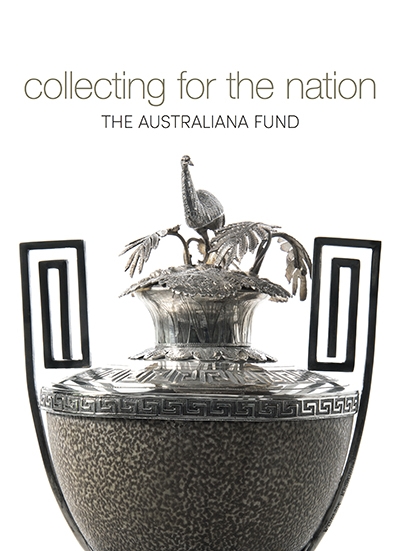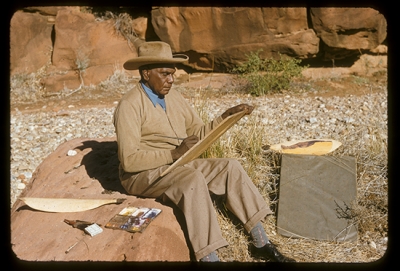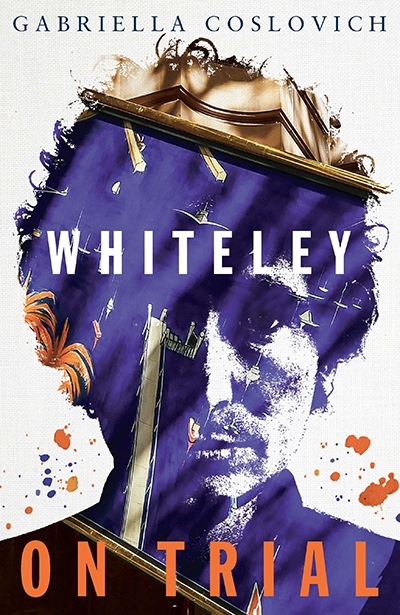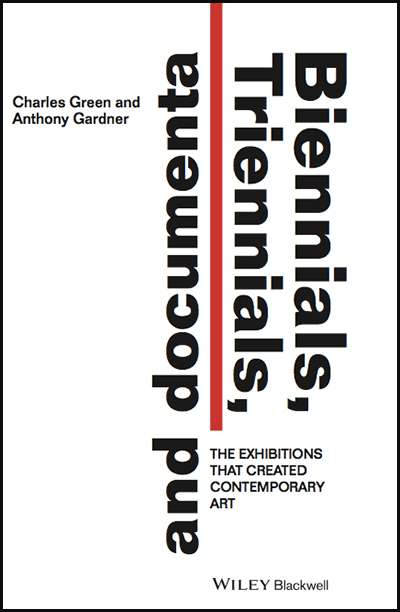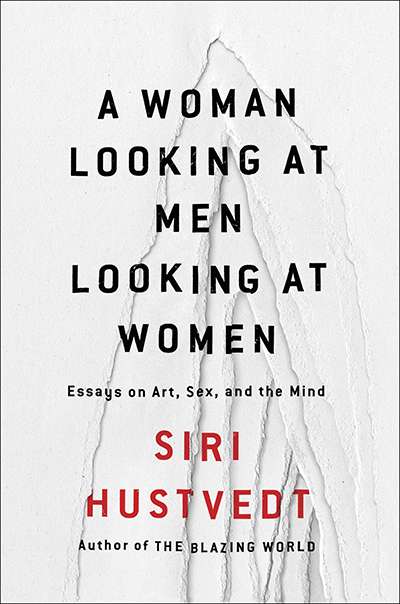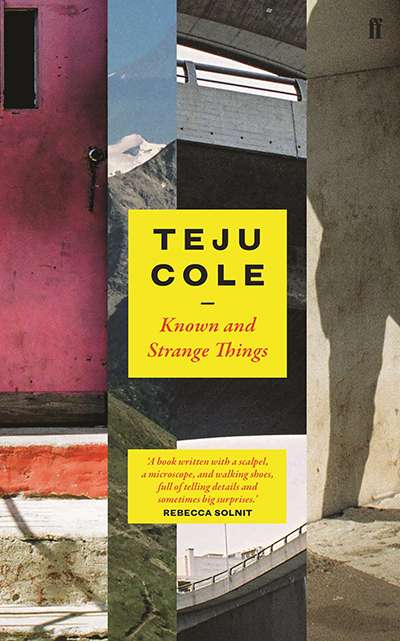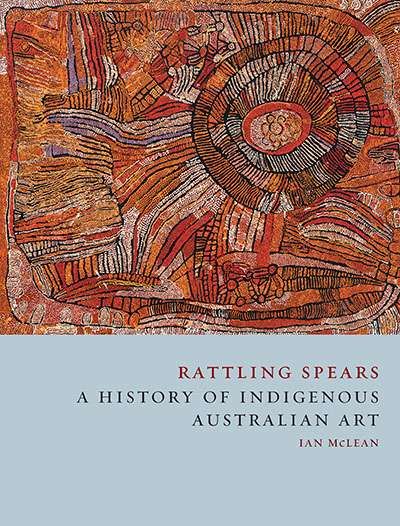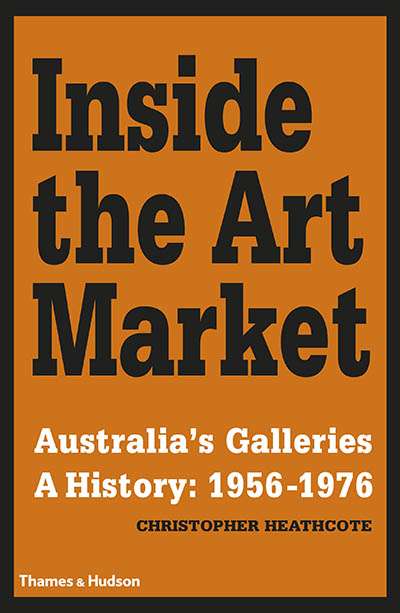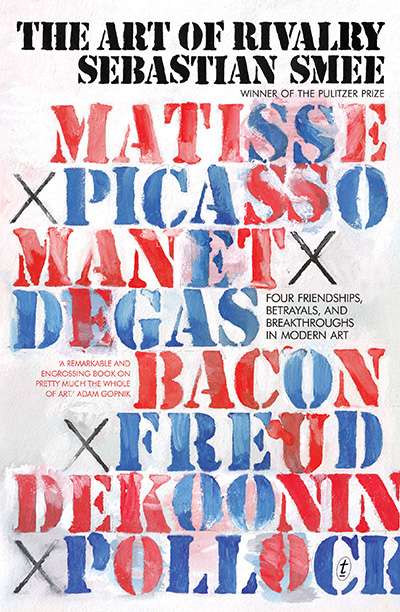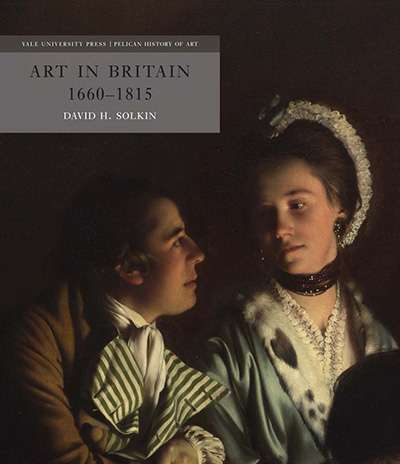Arts
Collecting for the Nation: The Australiana Fund by Jennifer Sanders
by John Rickard •
Following a concerted media and legal campaign, the Namatjira Legacy Trust has succeeded in securing the ownership of the copyright of Albert Namatjira following a recent resolution of claims made by the Trust against the long-time copyright owner Legend Press ...
... (read more)Biennials, Triennials, and documenta: The exhibitions that created contemporary art by Charles Green and Anthony Gardner
by Sophie Knezic •
A Woman Looking at Men Looking at Women: Essays on art, sex, and the mind by Siri Hustvedt
by Jennifer Levasseur •
Rattling Spears: A history of indigenous Australian art by Ian McLean
by Billy Griffiths •
Inside the Art Market: Australia’s galleries: A history 1956–1976 by Christopher Heathcote
by Francesca Sasnaitis •
The Art of Rivalry: Four friendships, betrayals, and breakthroughs in modern art by Sebastian Smee
by Miriam Cosic •

